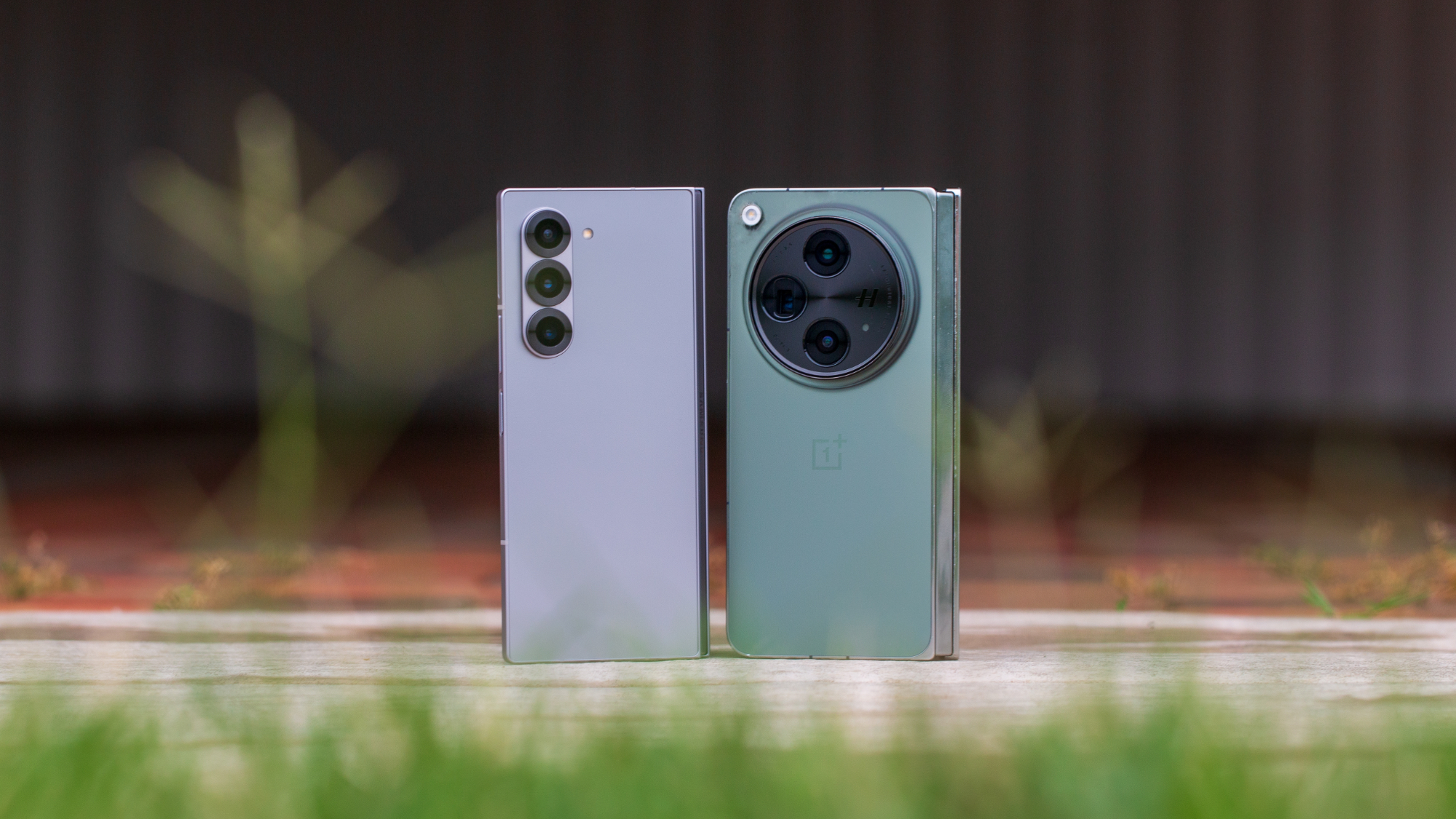
Underwhelming
I'll be upfront in my dislike of the Galaxy Z Fold 6; Samsung didn't do enough to differentiate the device from its predecessor or even the Z Fold 4. It has the same basic design, the battery life hasn't received any meaningful attention, it charges at 25W, and the cameras are the same as last year. There is IP48 ingress protection and a lighter chassis, and the phone will get seven Android OS updates. Still, given what it costs, I'm not convinced you should buy the Z Fold 6 — if you're interested in a foldable and won't consider another brand, you should get the Z Fold 5 instead.
For
- Lighter than Z Fold 5
- IP48 dust and water resistance
- Great hardware
- Good cameras
- Long-term software updates
Against
- Cover panel is still too narrow
- Not many changes over predecessor
- Significantly costlier
- Base model has 256GB storage
Unbelievably good
The Open launched nearly a year ago, but unlike Samsung, OnePlus didn't see the need to roll out a new model just for the sake of it. The phone still has much to offer; the design is one of the best in this segment, the hinge has better articulation, and the crease isn't as noticeable as the Z Fold 6. You also get a cover screen that's better to use, a bigger battery that lasts longer, better cameras at the back, 67W charging, and a slate of customized software features that make multitasking a breeze. The foldable has its own set of issues; it only has IPX4 water resistance and will receive just three Android updates. But overall, the Open has a definite edge over the Z Fold 6.
For
- Better design with less visible crease
- Great AMOLED panels both inside and out
- Versatile cameras
- Bigger battery and fast 67W charging tech
- Custom software extras
Against
- No long-term Android updates
- IPX4 water resistance
Because so many options are available, it's easy to feel overwhelmed when choosing a new phone. We've created a Samsung Galaxy Z Fold 6 vs. OnePlus Open comparison to simplify decision-making.
While great specs are a plus, a phone's price tag can make or break the deal. That's where the Samsung and OnePlus Black Friday deals come in! You can snag great deals on your next phone and even help a friend save some serious cash. Let's dive into how the Samsung Galaxy Z Fold 6 and the OnePlus Open compare.
Samsung Galaxy Z Fold 6 vs. OnePlus Open: Design and displays
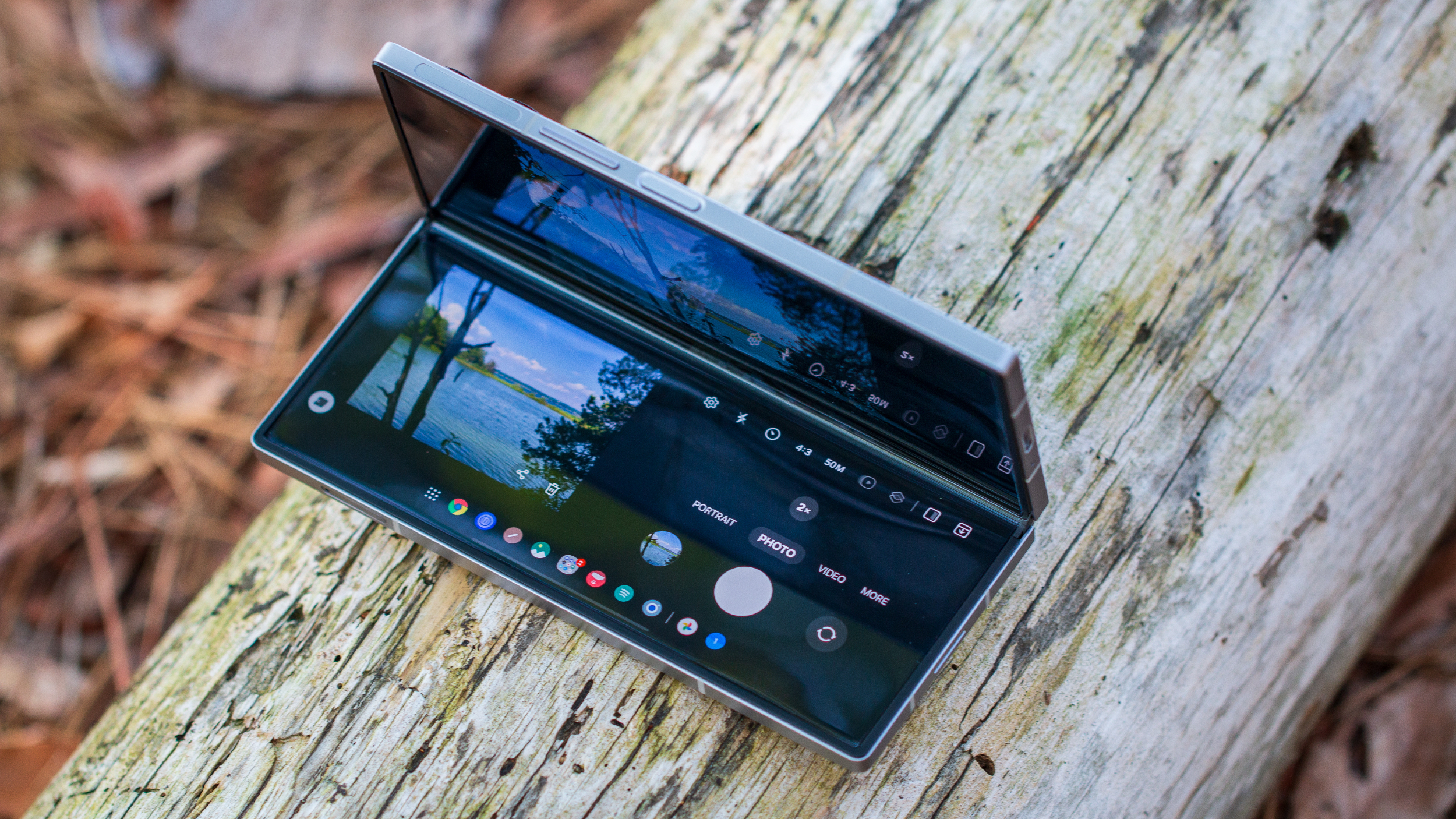
Samsung has proven that it doesn't like changing the designs of its flagships since the Galaxy Z Fold 6 looks nearly identical to its predecessor. While they did widen the width of the cover panel to make it less annoying to use, it still ends up being too narrow.
Outside of that tweak, the Z Fold 6 has no meaningful design changes. Samsung was able to reduce the weight by 14g, and at 239g, the foldable is easier to hold and use. That said, the hinge isn't as smooth as the best foldable, and the crease is still immediately noticeable. There are areas that Samsung needed to address, but it decided not to bother.
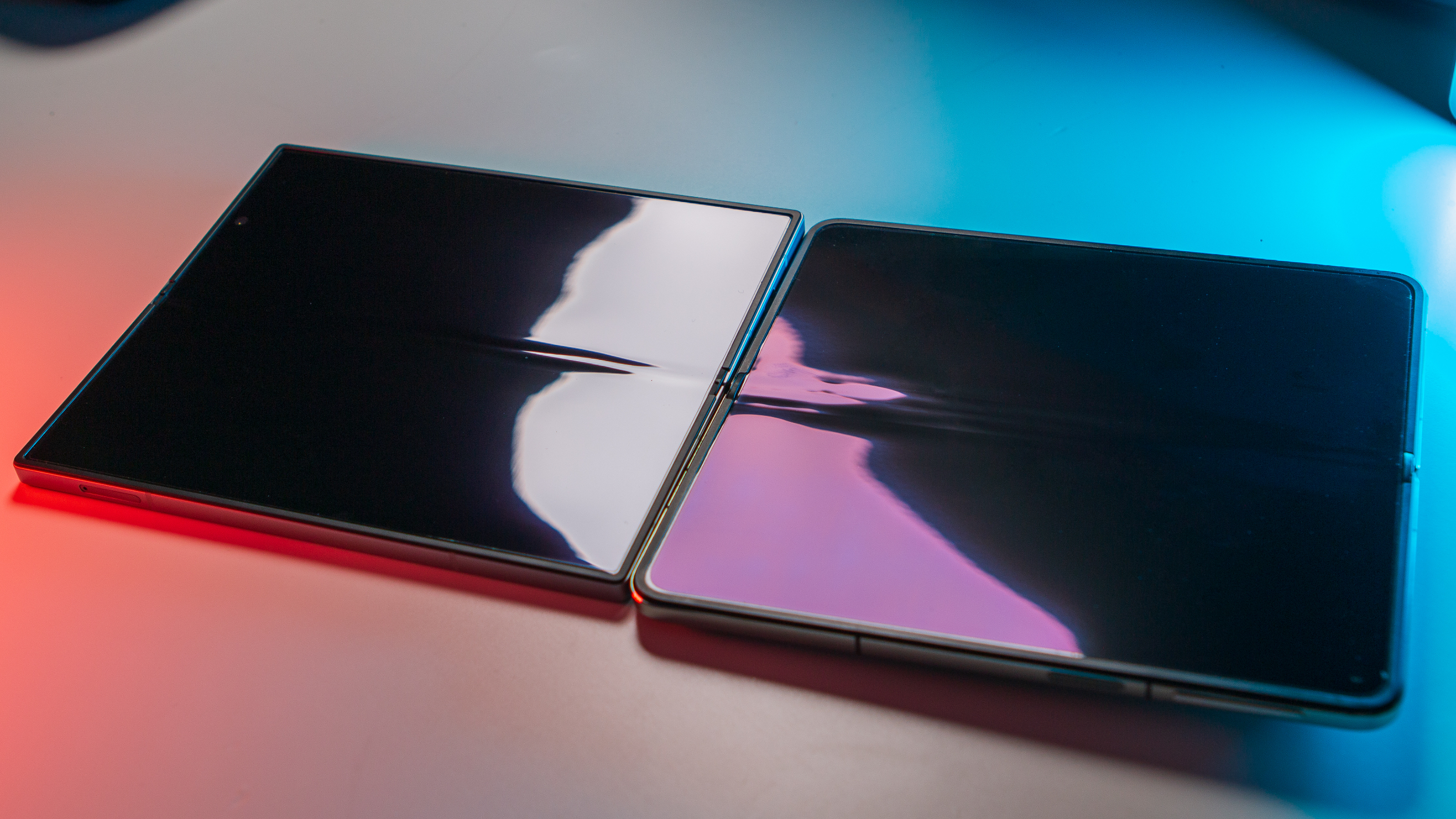
Coming to the Open, OnePlus managed to deliver one of the best-looking designs in this segment. The leather back looks elegant next to the oversized camera housing. The foldable has ideal dimensions, and the cover panel is much better to use—most of the time, I don't feel the need to unfold the device at all.
While I like the Open's design much better, the foldable lacks water resistance; with just an IPX4 rating, it can only withstand water splashes. The X in the rating means that the manufacturer didn't test the phone for dust resistance, but it doesn't necessarily mean it doesn't have any.
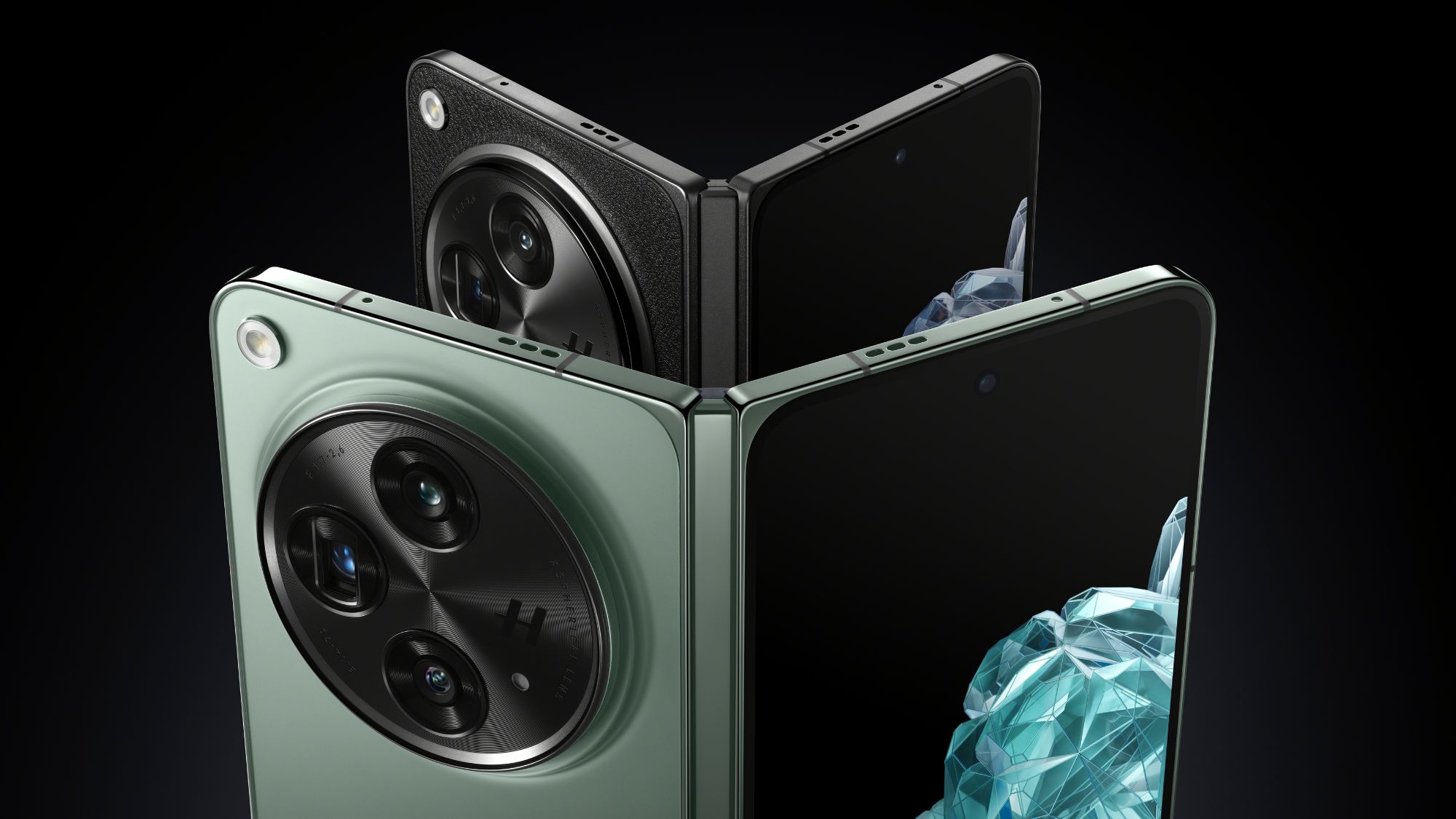
The Open takes the lead in the displays; the 6.31-inch OLED cover screen has stunning colors and is bright enough for outdoor use, and the sizing is just right. The 7.82-inch inner AMOLED panel is noticeably larger than what Samsung is offering, and it also has standout colors. Both panels get 120Hz dynamic refresh and are a smidgen brighter than the Z Fold 6 in HDR content.
Samsung has a 6.3-inch cover panel and a 7.6-inch inner screen, both of which have 120Hz dynamic refresh and good visibility outdoors. My main issue is that the cover panel is still too limiting to use, which inhibits the device's potential.
Samsung Galaxy Z Fold 6 vs. OnePlus Open: Hardware
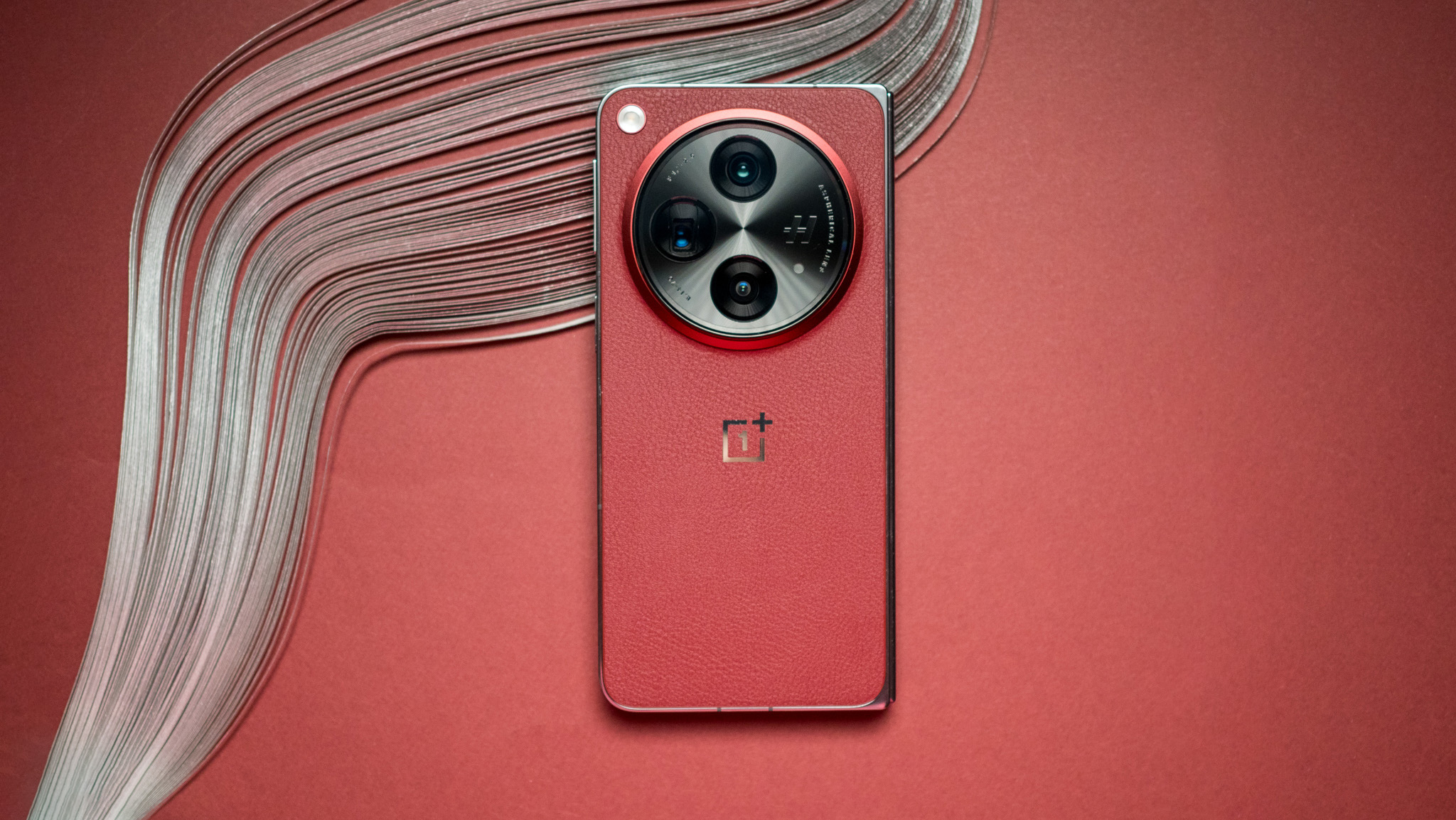
The Galaxy Z Fold 6 is powered by the Snapdragon 8 Gen 3, while the Open has last year's Snapdragon 8 Gen 2. Having used dozens of devices powered by both chipsets, the only noticeable difference in daily use is efficiency. However, the Galaxy Z Fold 6's 8 Gen 3 processor can deliver performance levels equivalent to those of the Snapdragon 8 Gen 2 while consuming less power.
That said, that's nullified in this scenario as the Open has a larger battery. The 4805mAh battery on the foldable easily lasts a day, and even with heavy use, I wasn't anxious about the battery running out. The Z Fold 6 also consistently lasts a day, but if you push the device too much, you might need to charge it before the day's over.
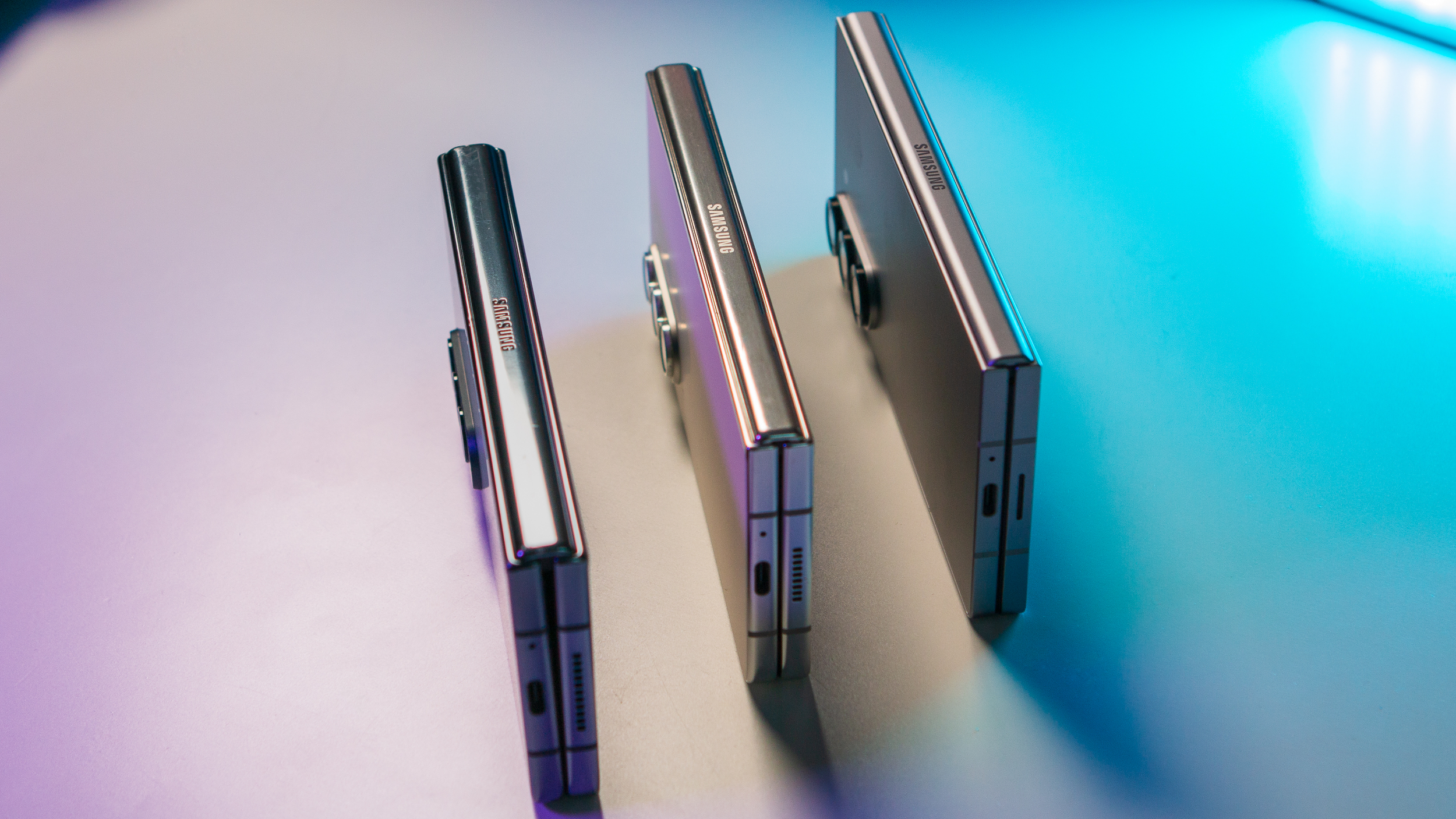
Unfortunately, Samsung is sticking with a slow 25W charging speed, outdated in 2024. Plus, you won't even get a charger in the box. The Open doesn't have that problem. It charges at 67W, taking only 44 minutes to juice up fully. And unlike Samsung, OnePlus includes that 67W charger in the box.
Like the Pixel 9 Pro Fold, the Galaxy Z Fold 6 comes with 256GB of storage on the base model, and you'll need to shell out an additional $120 to get the 512GB model. The Open has 16GB of RAM and 512GB of storage on the base version, and a new 2024 edition of the device has 1TB of storage.
Both phones are fluid in daily use and hold up just as well in demanding games. They tend to throttle earlier than regular flagships, but you don't notice any visible jitter, and there isn't much in the way of overheating.
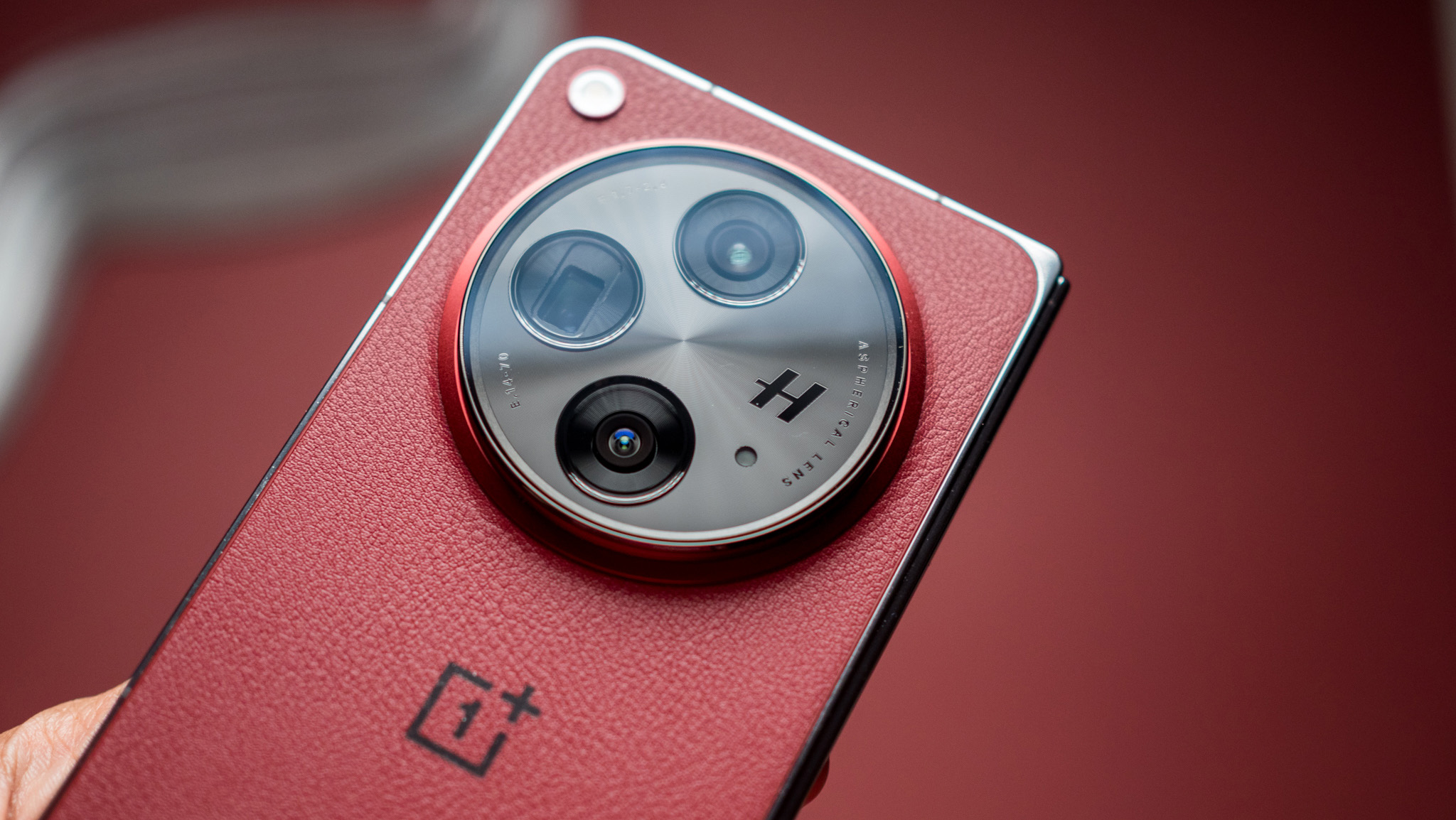
Switching over to the cameras, Samsung hasn't made any changes to the hardware. As such, the Z Fold 6 has the same sensors as last year: a 50MP primary camera, 10MP 3x zoom lens, and 12MP wide-angle lens. Samsung is instead turning to tweaks in its camera algorithms to deliver better photos, and the foldable manages to do a marginally better job than its predecessor.



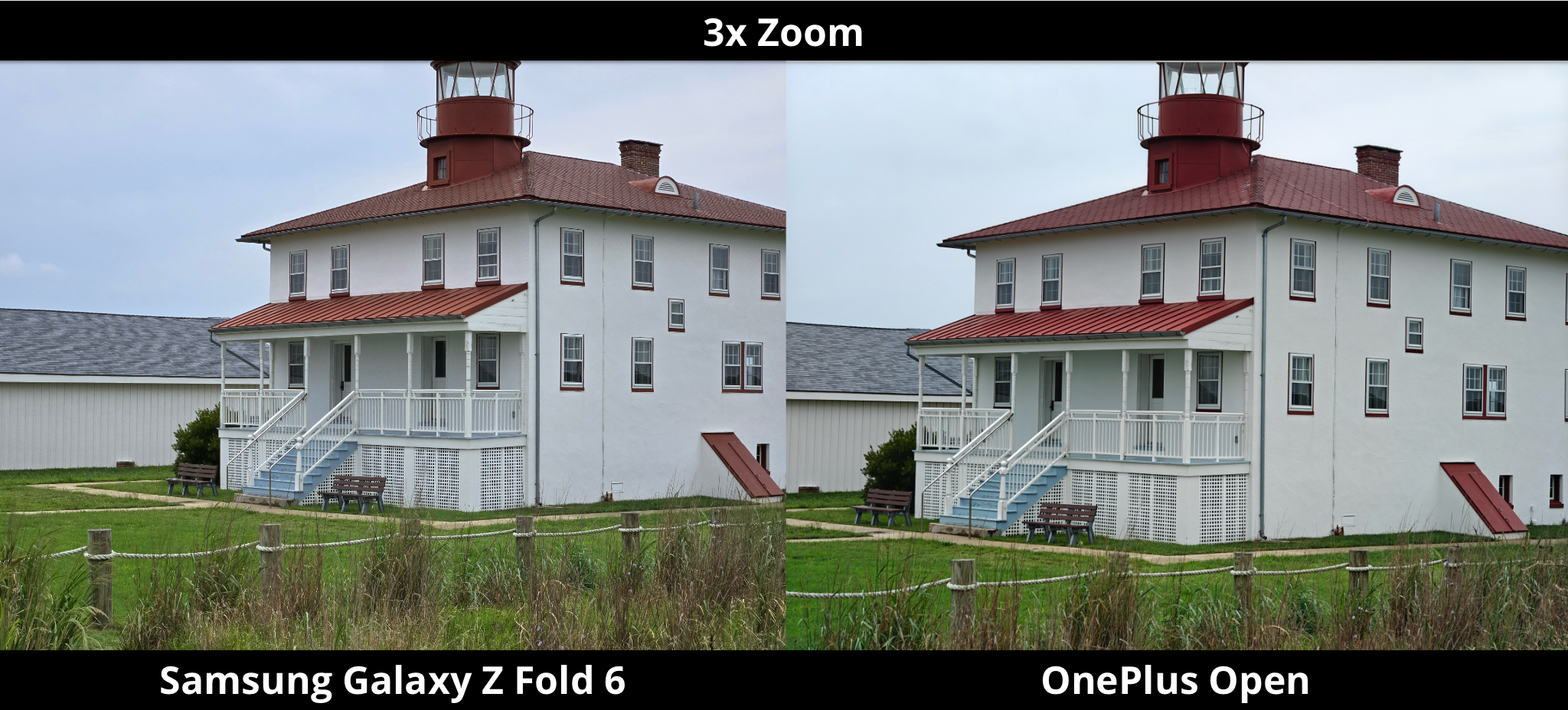
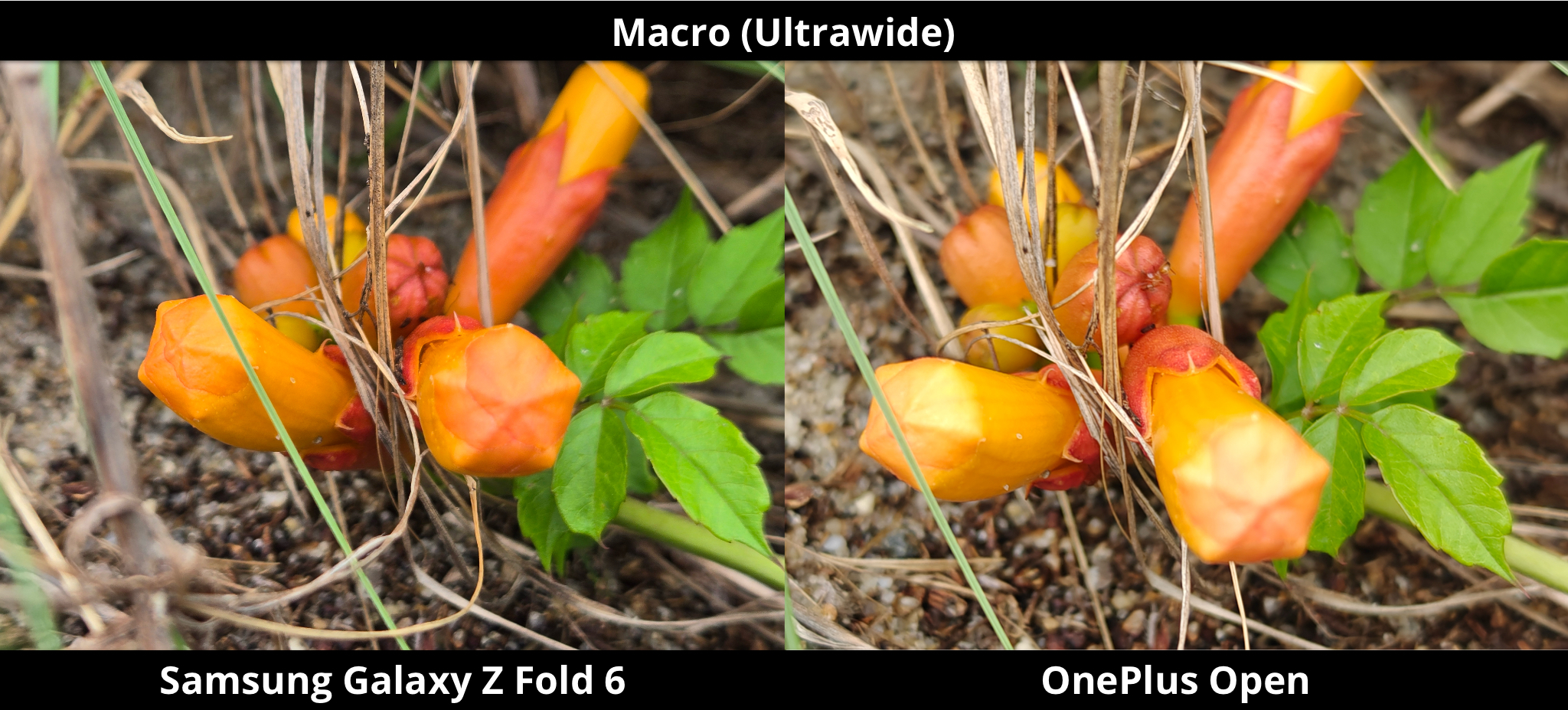
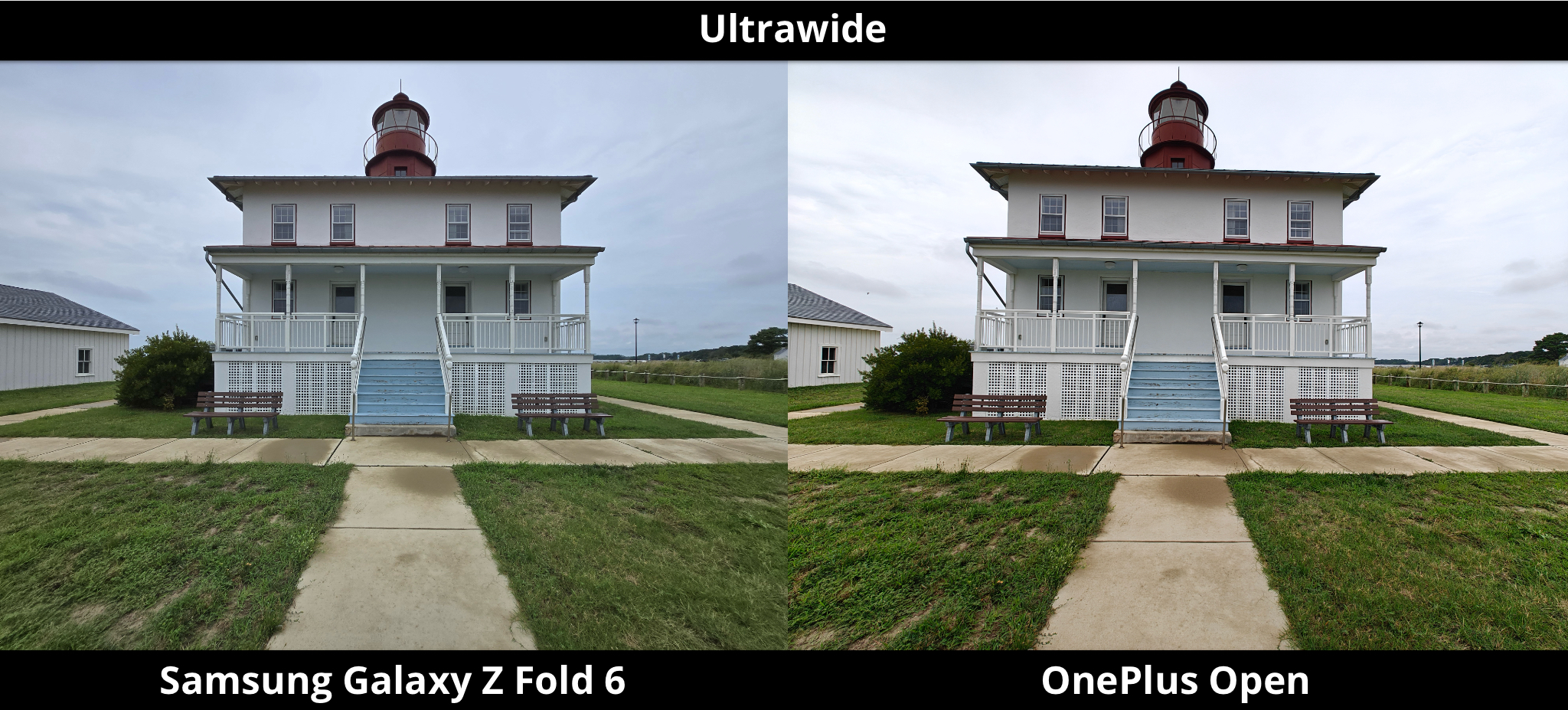

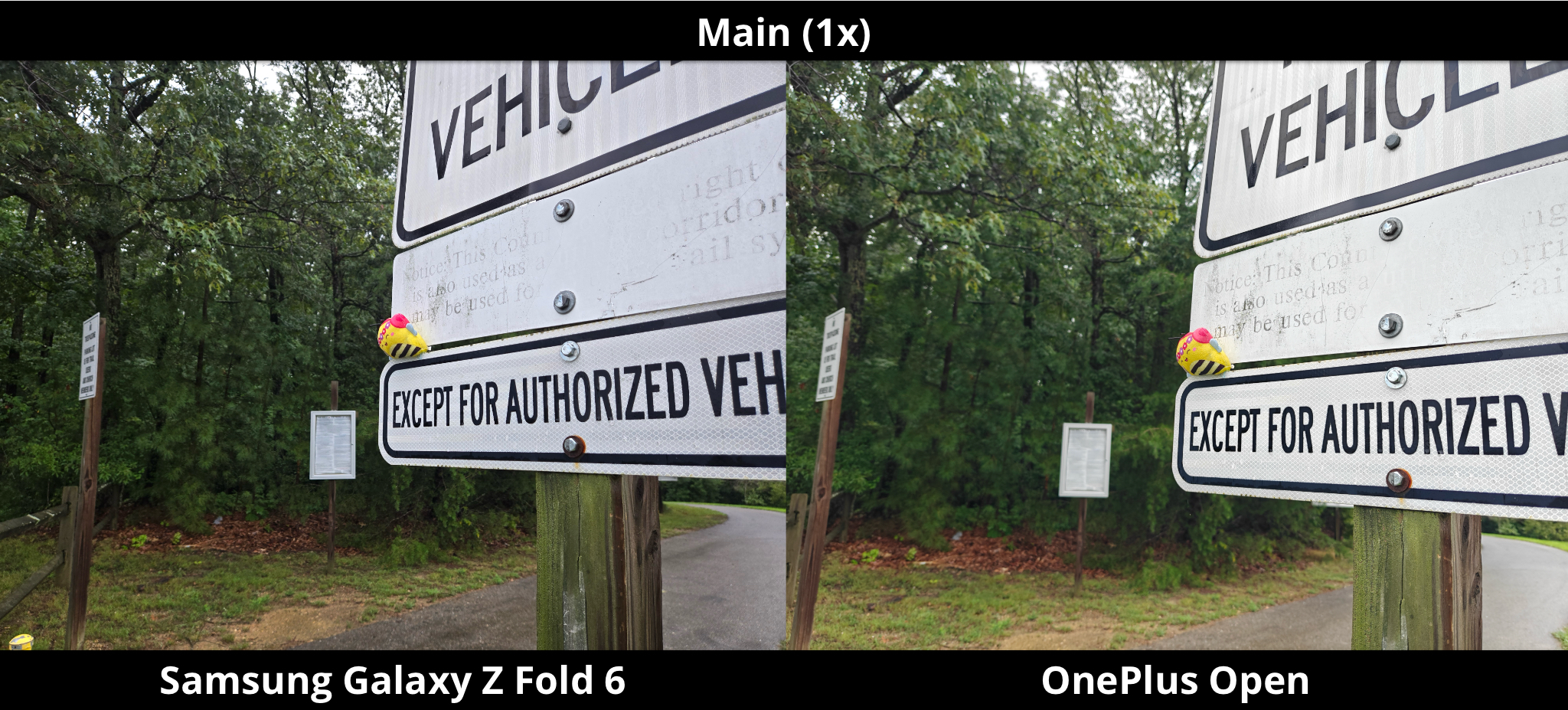
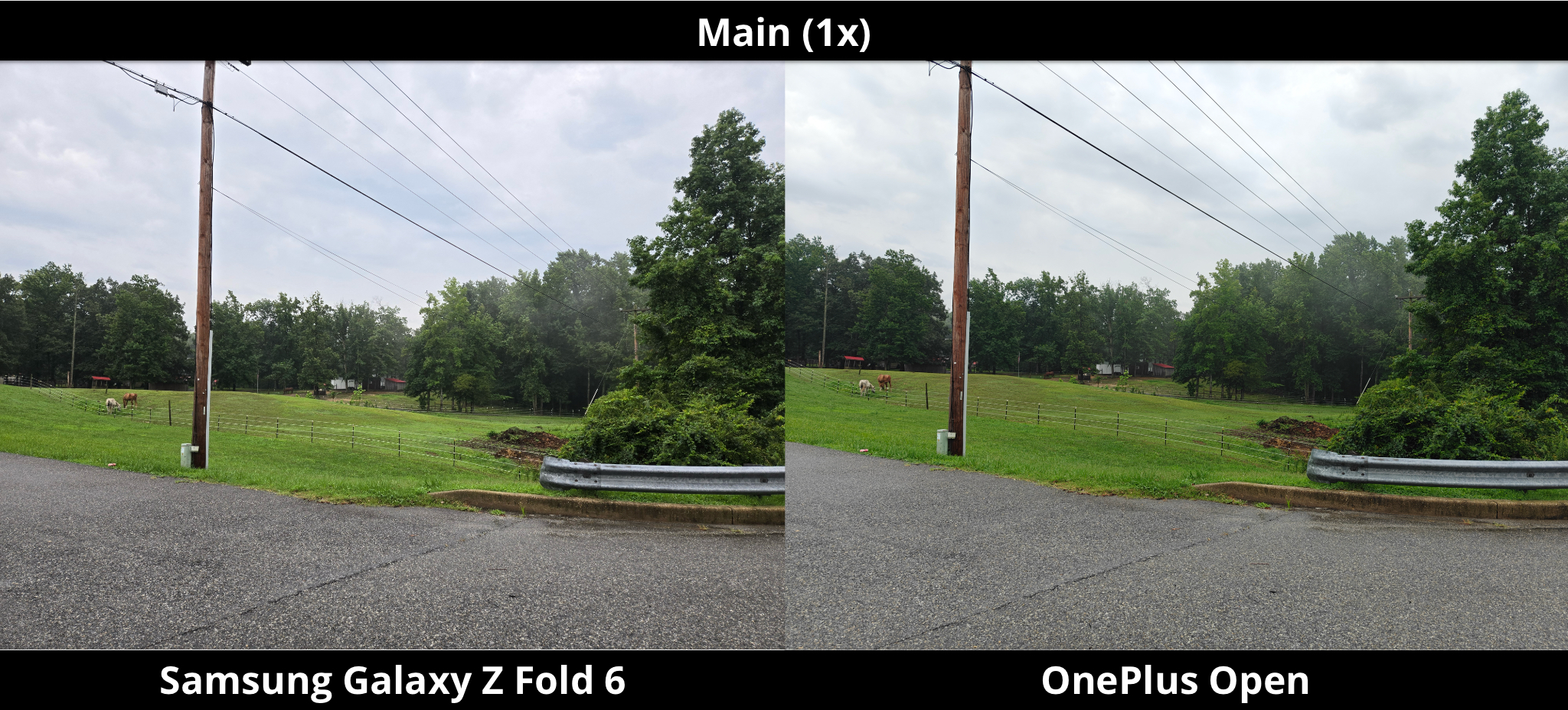
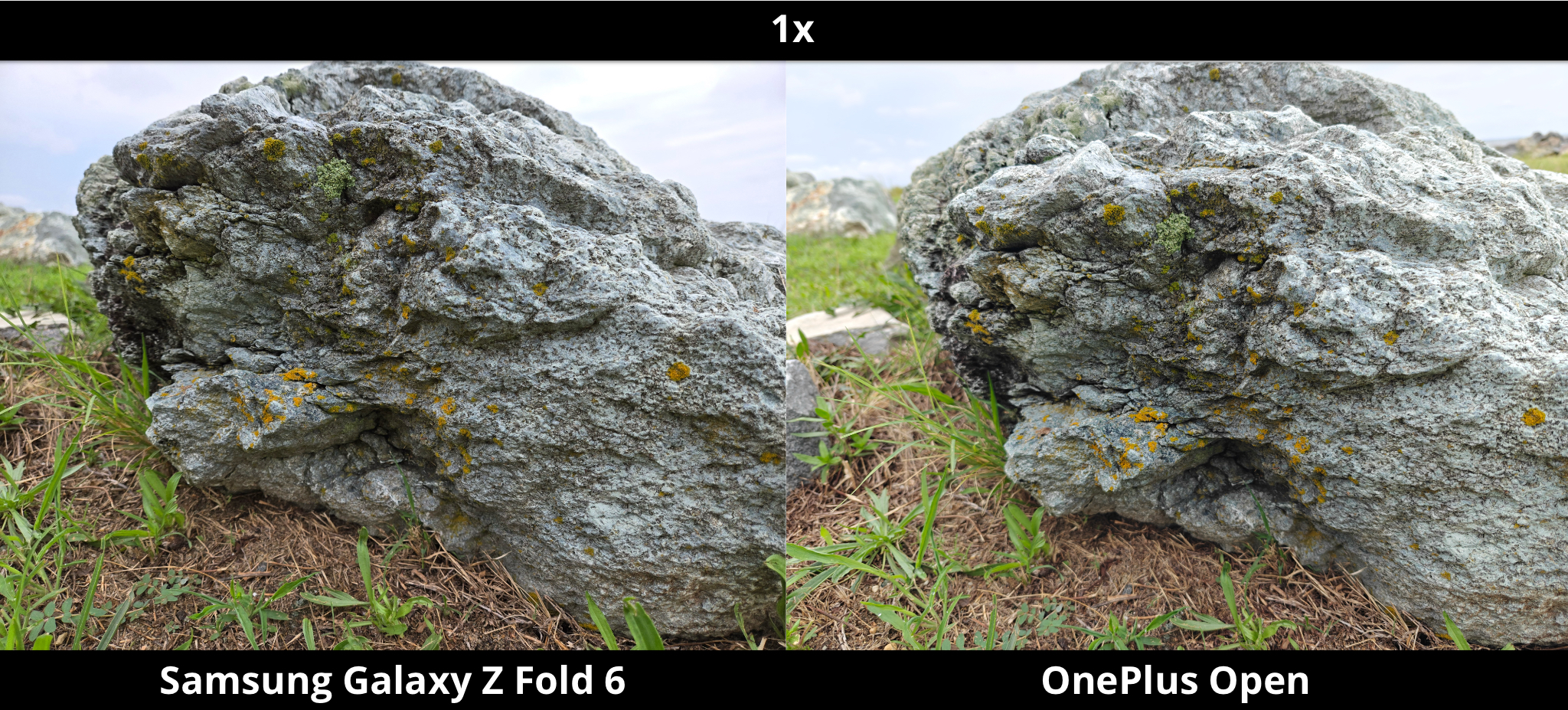
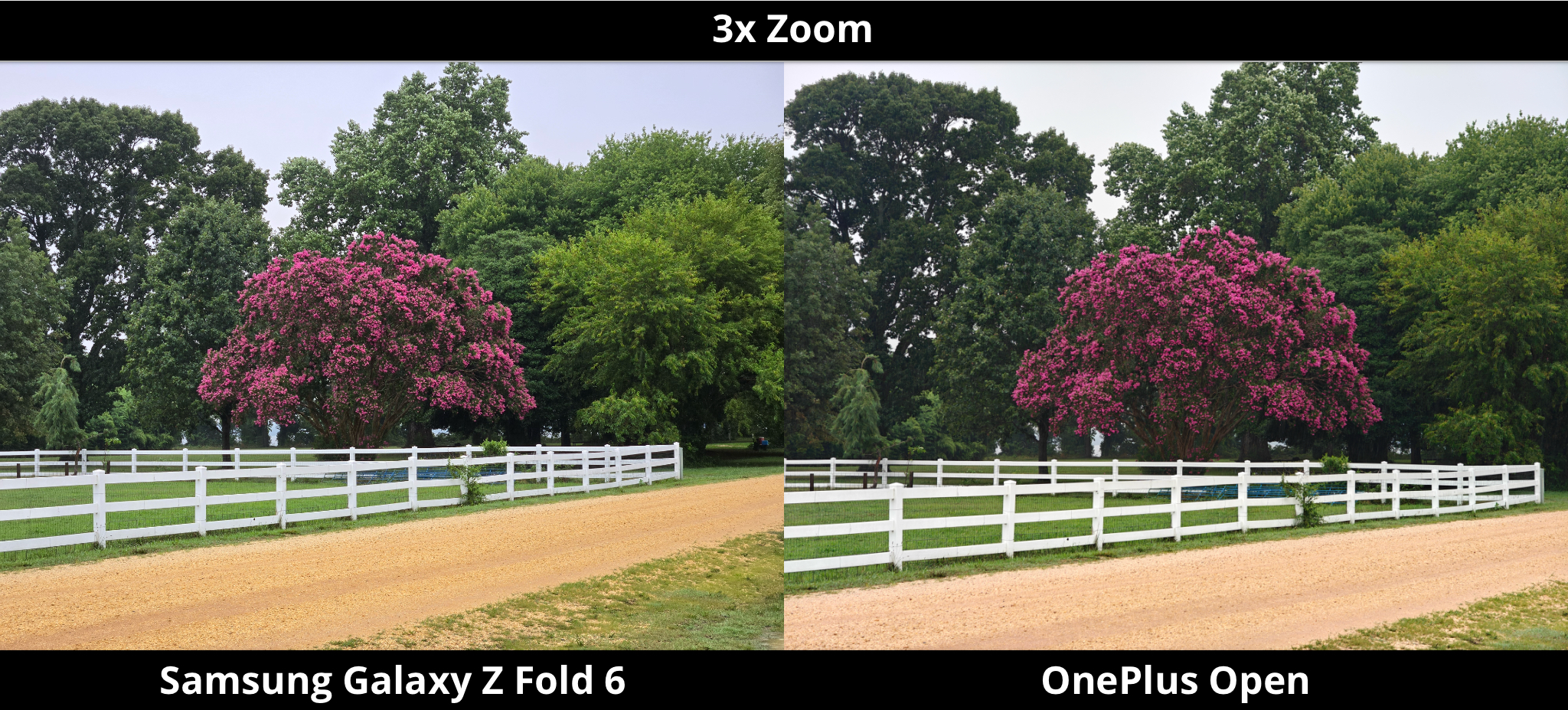
That said, it still doesn't match what the Open offers. The foldable has a 48MP primary camera, 64MP 3x zoom lens, and another 48MP wide-angle lens, and it takes the best photos and videos in this category outside of the Pixel 9 Pro Fold.
Samsung Galaxy Z Fold 6 vs. OnePlus Open: Software
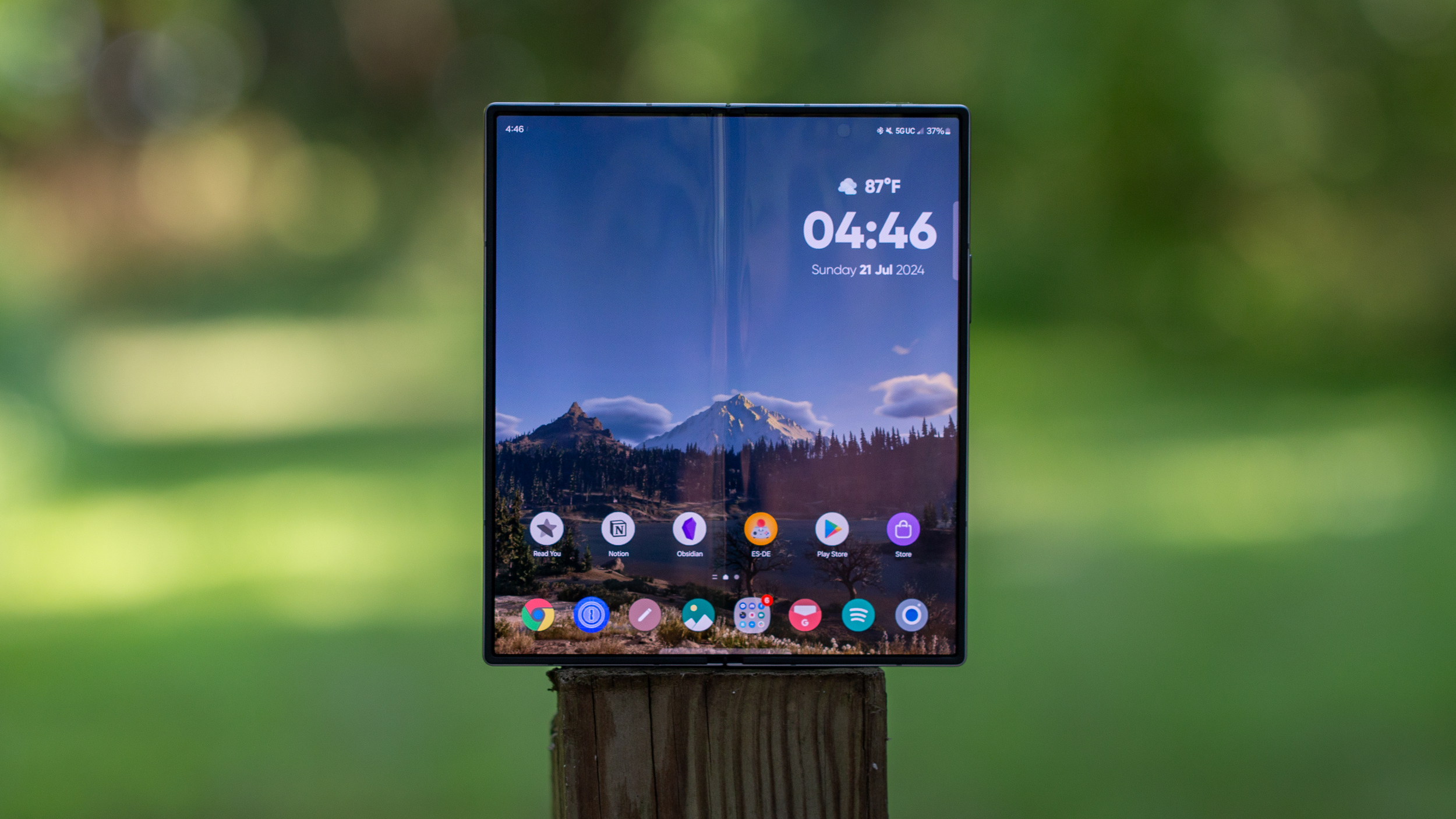
Samsung has a distinct edge in the software, and that's purely because it offers seven Android OS updates to the Z Fold 6. By contrast, the Open will pick up just three OS updates, which isn't close enough. I'd say that OnePlus needs to change its stance, but the Chinese manufacturer clearly stated that it isn't interested in offering long-term updates.
On the software side, the Z Fold 6 runs One UI 6.1.1 based on Android 14 out of the box. Like the Galaxy S24 devices, it comes with Galaxy AI, a utility suite that relies on AI to streamline daily tasks. My issue with Galaxy AI is that it is predominantly limited to Samsung's apps; I don't use Samsung Internet or Samsung Keyboard, and outside of the image-editing features, I don't get much utility out of Galaxy AI.
The Open also has AI-assisted utilities, but they're not as extensive as Samsung's offering—that's a good thing. The image editing feature is similar to Google's offering on the Pixels, and audio transcribing gets a decent amount of usage. I like the multitasking-focused software features; the Open makes it effortlessly easy to pull up windows side-by-side to maximize real estate, and it gets a lot right in this regard.
Samsung Galaxy Z Fold 6 vs. OnePlus Open: Which should you buy?
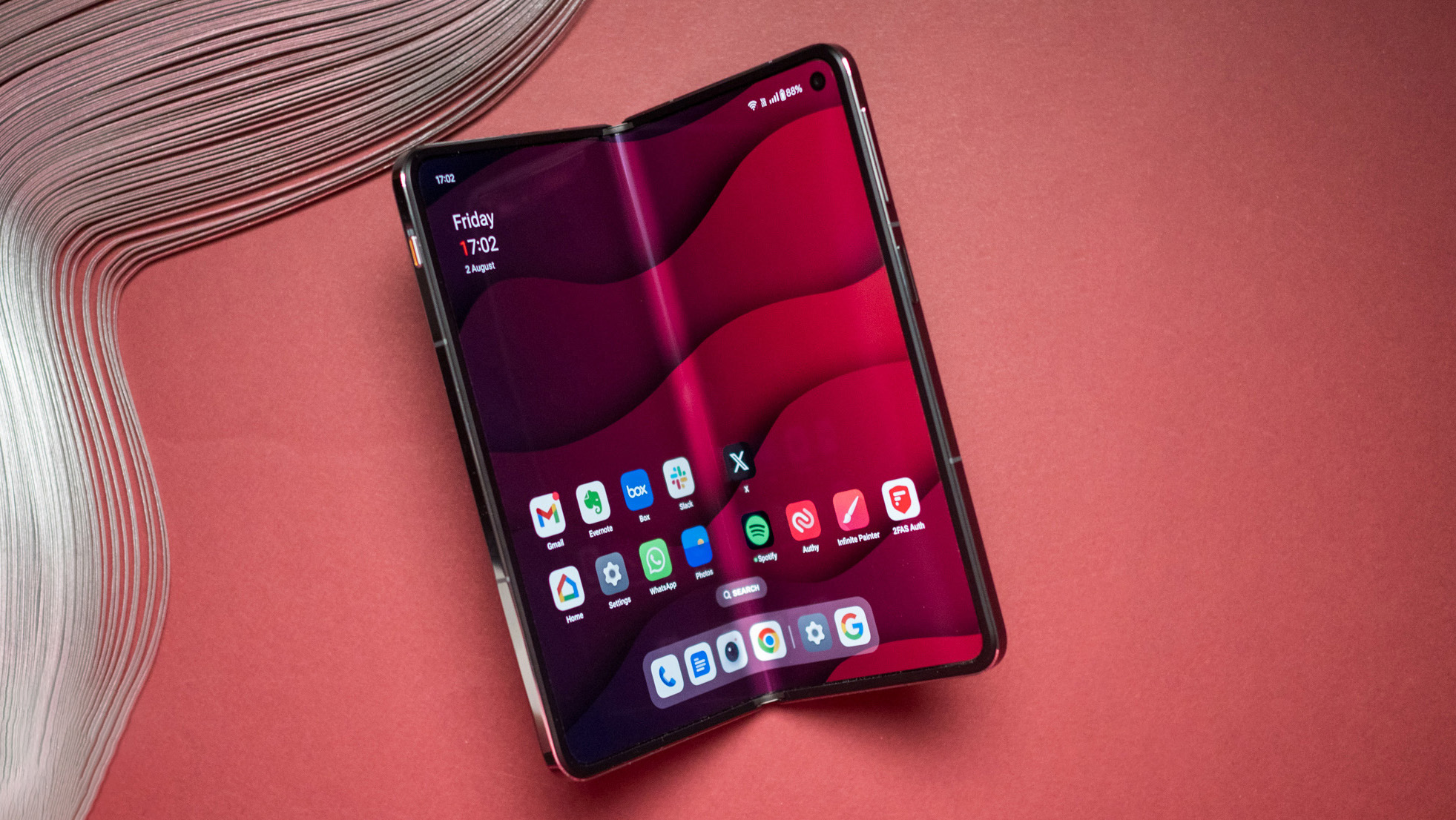
The biggest change with the Galaxy Z Fold 6 is the price; the foldable costs $100 more than its predecessor, and I'm not really sure why that is the case. Samsung isn't offering any meaningful upgrades, and while the Z Fold 6 is lighter and has a marginally wider cover panel, there isn't a good enough reason to pick it up over last year's Z Fold 5.
The Open, on the other hand, is an easier recommendation. It has a better design, two screens that you'll actually use, better software features, and longer battery life in daily use. You also get one of the best camera packages on a foldable, and there's 67W charging.
The best part is that the Open doesn't cost anywhere as much as the Z Fold 6; the 16GB/512GB edition costs $1,399 in the U.S., and you can buy the new 1TB model for as low as $1,599, and you get the terrific Keyboard 81 Pro bundled with the package. The Z Fold 6, meanwhile, costs an absurd $2,019, and it just isn't worth it.
Underwhelming
Samsung's Galaxy Z Fold 6 doesn't feel like a big enough upgrade, so it doesn't stand out from last year's model. But if you want a Samsung foldable, you should consider getting the Galaxy Z Fold 5.
Unbelievably good
I used the Open extensively throughout 2024, and it continues to be phenomenal. There isn't much missing on the hardware side, and you get amazing cameras, great battery life, and unique software extras.







